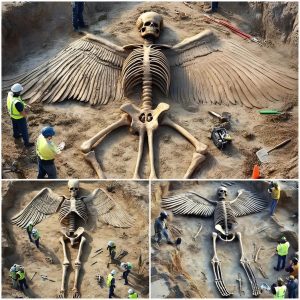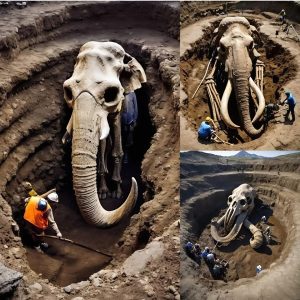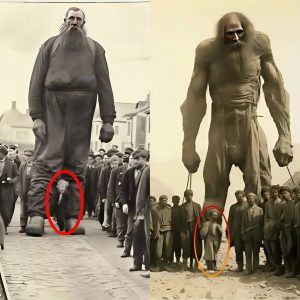In a groundbreaking revelation, recently declassified photos have unveiled the Pentagon’s long-secret UFO retrieval and reverse engineering program dating back to 1897. This extraordinary disclosure has sent shockwaves through the global community, igniting intense debate and fascination.
The declassified images depict a range of unidentified flying objects, some of which are strikingly advanced for their time. According to experts, these photos provide concrete evidence that the U.S. government has been involved in the recovery and study of extraterrestrial technology for over a century.

The origins of this clandestine program trace back to the late 19th century, beginning with the mysterious Aurora, Texas incident of 1897. Reports from that time describe a strange aircraft crashing in the small town, leading to the recovery of a metallic, disc-shaped object and the remains of a non-human entity. This event is now seen as the catalyst for the Pentagon’s secretive operations.
Over the years, the program evolved, focusing on reverse engineering the recovered technology to understand its principles and potential applications. The declassified photos offer a rare glimpse into these efforts, showing early attempts to dismantle and replicate alien machinery. Engineers and scientists, often working under conditions of extreme secrecy, have reportedly made significant advancements in various fields, including propulsion systems, materials science, and communications.

One of the most intriguing aspects of the declassified materials is the apparent sophistication of the recovered technology. Experts analyzing the photos have noted features such as anti-gravity propulsion and advanced energy sources, far beyond the technological capabilities of the late 19th and early 20th centuries. These findings suggest that the retrieved UFOs were indeed of extraterrestrial origin.
The release of these photos has also sparked questions about the extent of the U.S. government’s knowledge and involvement with extraterrestrial life. If the program began in 1897, it implies a century-long cover-up of potentially groundbreaking discoveries. This revelation raises ethical and philosophical questions about the secrecy surrounding such information and its impact on humanity’s understanding of its place in the universe.

The declassification has prompted calls for greater transparency and further investigation. Lawmakers, scientists, and the public are urging the Pentagon to disclose more information about the program and its findings. Some advocate for the release of additional documents and materials that could shed light on the true scope of these operations.
In the wake of these revelations, the scientific community is buzzing with excitement and anticipation. Researchers are eager to study the declassified photos and any accompanying data to better understand the recovered technology and its implications. This newfound knowledge could potentially revolutionize various scientific fields and lead to advancements that were previously thought to be the stuff of science fiction.

In conclusion, the declassification of photos exposing the Pentagon’s secret UFO retrieval and reverse engineering program from 1897 marks a historic moment. The images provide compelling evidence of the U.S. government’s long-term engagement with extraterrestrial technology, challenging our conventional understanding of history and technological progress. As the world grapples with these revelations, the demand for transparency and further investigation continues to grow, promising to reshape our perception of the universe and our place within it.





